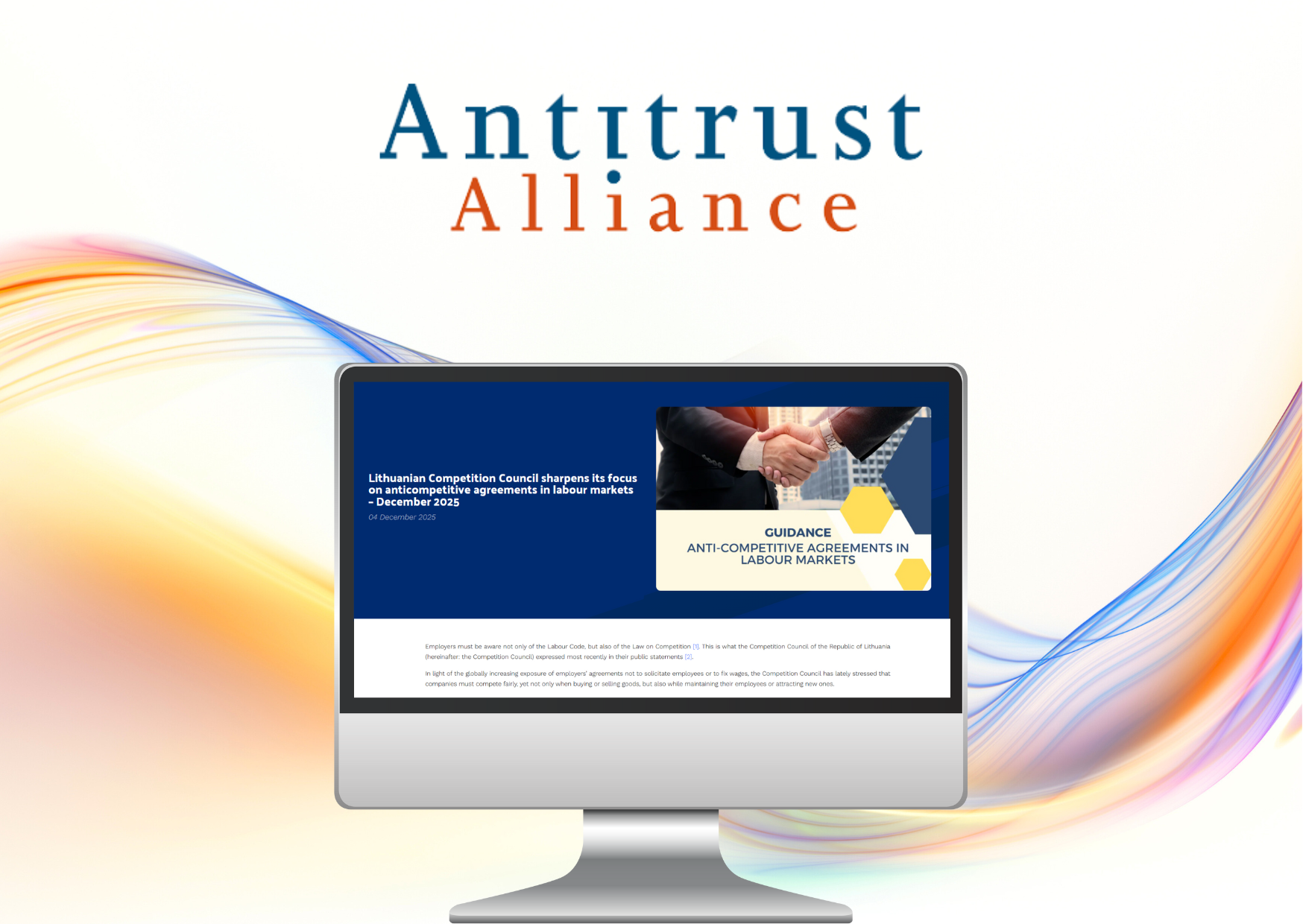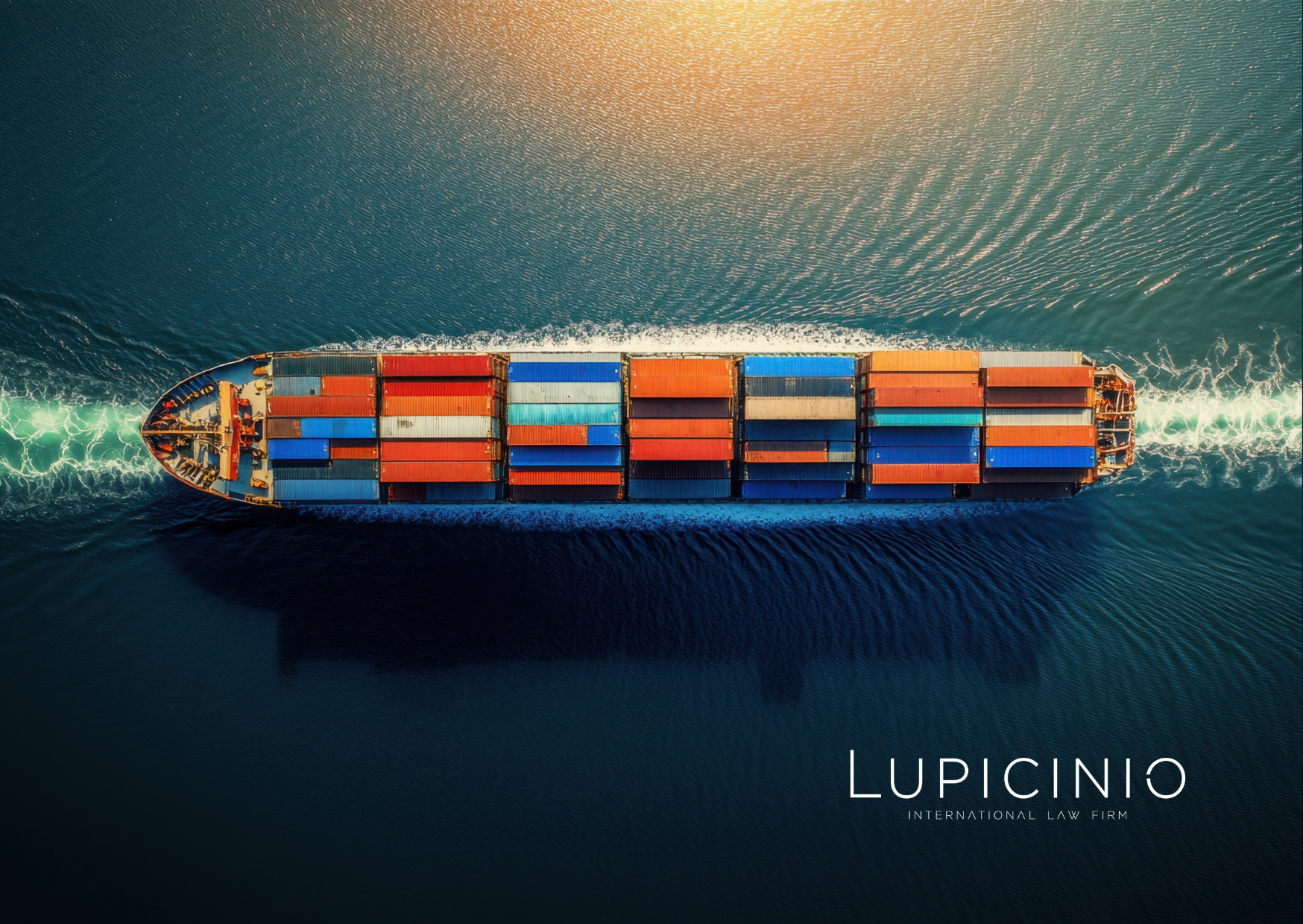So announced an interesting foresight exercise circulated at the beginning of this year by the prestigious international law firm “Freshfields, Bruckhus, Deringer LLP”, entitled “What is likely to be the most significant development or trend in Arbitration 2022?”. I read it with interest, and I decided to follow up on the subject until I could draw up some conclusions halfway through the year, precisely during the usual August holidays, which, now finalised, I will share with you.
The aforementioned start-up in February offered promising forecasts. Firstly, and together with the continuity of very consolidated sectors such as Energy and Construction, it announced an increase in arbitration assumptions linked to environmental, social and governance issues, known as ESG, which certainly include controversies generated by Climate Change.
Logically, he also foresaw a continuation of conflicts generated by the severe economic crisis that began with the COVID 19 pandemic, which would contribute to an increased recourse to third-party funding, which would continue to grow.
The Newsletter also suggested new conflicts linked to the position on investment arbitration in the European Union resulting from the Achmea case, as well as numerous cases in the field of new technologies and their products, cryptocurrencies, blockchain and artificial intelligence. The increased presence of governments in the financial field made them mention examples of government interference by imposing in Dubai, via Decree, the exclusivity of its “International Arbitration Center”.
Finally, he described the greatest moral, ethical and professional demands on arbitral conduct and procedures, as well as the importance of the new ICSID Rules, with their fast-track for investor-state disputes, in the search for greater efficiency.
There was certainly an enriching debate among the specialised arbitrators, some spoke of more foreseeable conflicts over corruption, others resorted to the integrative concept, ‘CBNH Test’, (Climate, Biodiversity, Natural Resources and Health) by Thomas Lehman, and, finally, some chose to delve deeper into some of the categories mentioned, such as the valuation of damages in the world of cryptocurrencies, or the foreseeable defence of defendant states against injured investors by invoking the Paris Agreement, despite its non-binding nature.
B, halfway through the year, already in July, I had access – thanks to the OGEMID subscription newsletter – to another similar exercise, this time by Dorothée Achram and Tanya Landon, partners at the international law firm “Sidley Austin LLP”, published in issue 34 of the journal “Phamaceutical Technology Europe”, under the title “Trends in International Arbitration: The fallout from COVID 19”. Halfway between a foresight and a report, the authors identify six trends as proven.
Numerous supply chain disputes, given the problems encountered with raw materials and the production capacity of companies in the field of pharmaceutical science and technology.
Major disputes over M&A transactions, with specific mention of earn-out arrangements and pre-closing covenants. Thirdly, they look at investor-state disputes over IP protection, with pertinent references to India and South Africa’s proposal to the WTO for exceptions to the existing Patent Agreement.
Contrary to forecasts, they say there have been no “massive surges in corporate bankruptcy”, which they attribute in large part to the measures taken by the respective governments to further mitigate the effects of the pandemic, something which, they add, Switzerland has already stopped doing with the inevitable consequences.
On the other hand, they see the generalised normative acceptance of the figure of ‘’third party funding as’’ fully confirmed, with its pros and cons, which they briefly and rigorously analyse. The same would have been true of the greater efficiency achieved thanks to virtual/remote hearings and paperless proceedings, without denying the existence of possible risks of annulment of awards in cases of genuine violations of due process.
Finally, I would just like to duly note that the study also offers six Arbitration Tips, which are certainly useful, but particularly aimed at pharmaceutical technology companies.
C, In between the two studies, many events have taken place in the world of Arbitration that allow us to continue to ask ourselves what the dominant trends are in 2022.
I will start with some of the major international Congresses and Seminars, firstly, the Arbitration Open 2022 held in Madrid last May, which I was able to follow very closely thanks to the invitation of its founder, Javier Íscar. It was duly noted in the tweets I posted that all the main dominant topics planned had been covered, starting with third-party financing and the EU Directive still under discussion, logistics and pricing crises, speed and efficiency on a digital basis, green arbitration, construction, energy, and contracting with public administrations.
Shortly afterwards, in June, the historic annual Congress of the Spanish Arbitration Club (CEA) took place, with the equally topical title, “Improving arbitration. Resolving sooner and better”, which, although I was unable to attend because I was not invited by its former President, Carlos de los Santos, sadly deceased, included in its program equally current topics such as ethical obligations, accelerated procedures, estimation of losses, and estimation of costs, without forgetting the ever-present issue of diversity, promoted by ‘CEA Mujeres’.
In addition, I followed the programs of other major international arbitration events in May, starting with the very powerful “Paris Arbitration Week”, which brought together in its multiple meetings every conceivable topic, including not only sports arbitration but also space arbitration, as well as unexpected developments around the war in Ukraine and international sanctions against Russia. Special coverage in the ‘Kluwer Arbitration Blog’ was given to the sessions dedicated to Blockchain, NFTs (‘non fungible tokens’) and the Metaverse, which are set to play an increasing role in our society, and therefore capable of generating conflicts that could be analysed and resolved through international arbitration. Surprising data was provided, such as the existence of 1,600 cryptocurrencies, or the 1200% revaluation of the ‘Cosmos token’, as well as others linked to ‘digital art’, which could one day reach the ‘Court of Arbitration for Art’ (ASfA) in The Hague.
The London International Dispute Week also took place in May. The “Kluwer Arbitration Blog“ published interesting articles on the importance given, as a global trend, to the aforementioned area of “Environment, Sustainability and Governance”, under the first subtitle “The new frontiers of business ethics and corporate accountability”. On the one hand, greater risks of litigation, as demonstrated by the Royal Dutch Shell case before the Dutch courts, with the presence of the soft law invoked, the ‘’UN Guiding Principles on Business and Human Rights’’ (UNGP), and on the other, the introduction of the “human rights” variable in conflicts such as the one in Ukraine, and the growing participation of the NGOs concerned in their own approaches. Under another subtitle, “The future for in-house and private practice litigation”, realities such as ‘supply-chain’, ‘changing regulatory framework’, ‘greenwashing’, ‘data security’, and ‘virtual hearings’ to reduce the carbon footprint were discussed, and successful initiatives such as the ‘Arbitration Pledge’ and the ‘Greener Litigation Pledge’ continued to be supported.
D, Without wishing to go on much longer, I will refer to some events in other continents that are very active in the field of international arbitration. In the case of America, the New York Arbitration Center (NYAC), which continues to be directed by Rekha Rangachari, offered an interesting seminar in June last July on the ever-present problem of State sovereignty and its possible interference, both during arbitration proceedings and in the enforcement of awards, studying new experiences in countries such as the United States, Chile and Peru.
I will also mention the XIII Latin American Arbitration Conference also held in June in Montevideo, which analysed the various cultural elements of the participants that must be taken into consideration in arbitration, and even in the selection of arbitrators.
I will end with Asia, which, as discussed at the annual conference of the “Hong Kong Centre” in May, continues to deepen the rapprochement between mediation and arbitration for conceptual and practical reasons, intensified after the effects of the pandemic, a process which, although not mentioned so far, I would venture to describe as a real ‘2022 trend’.
******
More information:
Lupicinio International Law Firm
C/ Villanueva 29
28001 Madrid
P: +34 91 436 00 90
info@lupicinio.com







